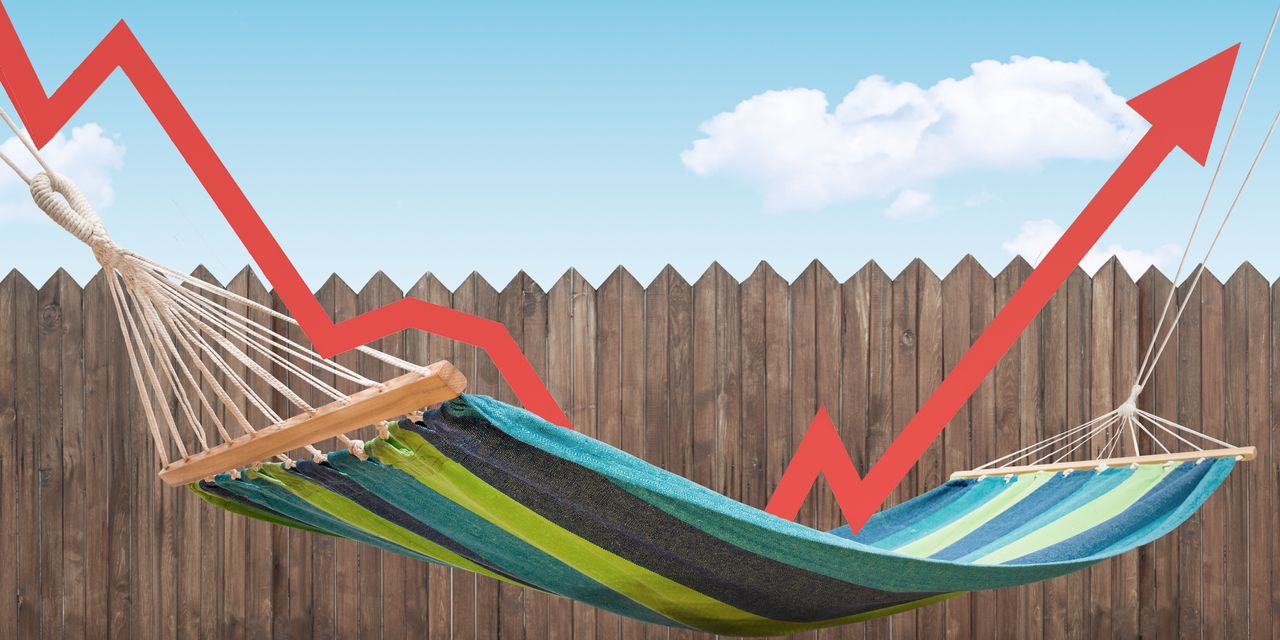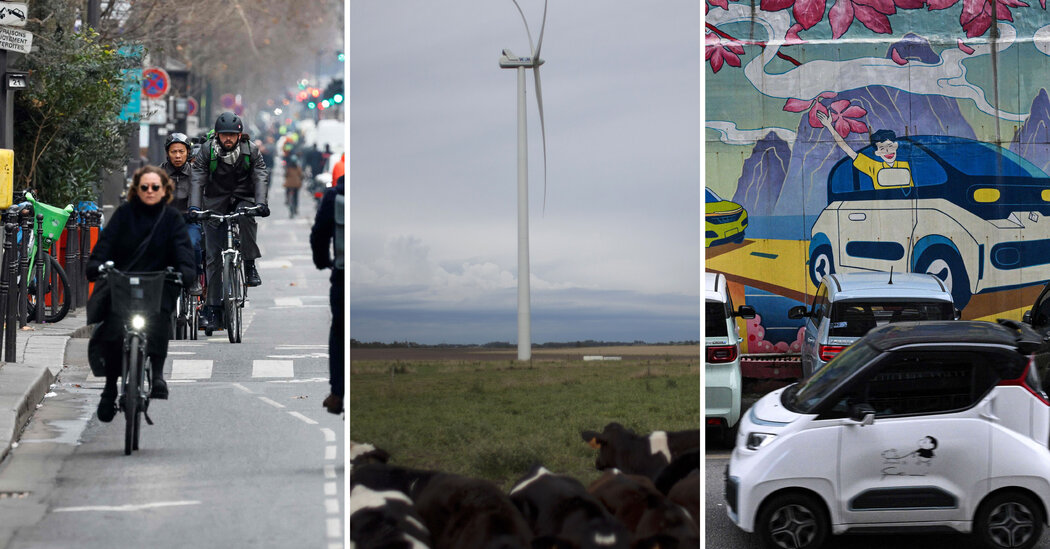

Stock-market investors might want to “stay and play” this summer rather than “sell and go away.”
We’re referring to the stock market’s infamous seasonal weakness between May Day and Halloween, which gave rise decades ago to the strategy known as “Sell in May and Go Away” (also known as the “Halloween Indicator”). Since the S&P 500 was created in 1957, it has produced an average gain of 6.9% between Halloween and May Day (the “winter” months), versus just 1.3% during the other six months of the calendar (the “summer” months).
As I’ve pointed out before, there’s less to this seasonal pattern than meets the eye. However, some have wondered if instead of throwing away the winter/summer strategy entirely, there might be a way to put a sectoral play on top of it. More specifically: Rather than going to cash for the six summer months, investors could exploit seasonal patterns while remaining invested in the stock market.
Sam Stovall,
chief investment strategist at CFRA Research, introduced one such strategy in his 2009 book, “The Seven Rules of Wall Street.” Formally called the CFRA-Stovall Equal Weight Seasonal Rotation Strategy, it calls for investing between May Day and Halloween in the consumer-staples and healthcare sectors, which historically have been more defensive.
From November to April, in contrast, the strategy rotates into more economically sensitive industries—specifically, industrials, materials, consumer discretionary and information technology. These industries have significantly higher betas, or sensitivities to movements in the overall market, than the industries favored in summer. The expectation is that the higher-beta industries in the winter will leverage the overall market’s strength, while the lower-beta summer industries will be relatively immune to summertime weakness.
How do you change your investing strategies seasonally? Or are you steady year-round? Join the conversation below.
An exchange-traded fund was created to pursue Mr. Stovall’s strategy:
Pacer CFRA-Stovall Equal Weight Seasonal Rotation
ETF (SZNE).
Though since its creation in July 2018 it hasn’t beaten a simple buy-and-hold in the S&P 500, the ETF has outperformed a hypothetical portfolio that invested in the same industries as SZNE during the winter months but in cash during the summer months. Further, S&P Dow Jones Indices back-tested the SZNE strategy to May 1990, and over this longer period the CFRA-Stovall ETF has beaten the hypothetical portfolio by slightly more.
So, relative to going completely to cash during the summer, “staying and playing” appears to pay off.
Another possible reason not to go to cash in coming months is that, as I mentioned in that earlier article, the historical difference between the summer and winter returns is largely due to the market’s behavior in the third year of the presidential term. That suggests there is no calendar-based reason to expect summertime weakness until 2023.
CFRA-Stovall Equal Weight Seasonal Rotation Total Return Index
CFRA-Stovall Index in winter*; T-Bills in summer*

CFRA-Stovall Equal Weight Seasonal Rotation Total Return Index
CFRA-Stovall Index in winter*; T-Bills in summer*

CFRA-Stovall Equal Weight Seasonal Rotation Total Return Index
CFRA-Stovall Index in winter*; T-Bills in summer*

CFRA-Stovall Equal Weight Seasonal Rotation Total Return Index
CFRA-Stovall Index in winter*; T-Bills in summer*
The correlation between the presidential cycle and the strength of the “Sell in May and Go Away” pattern was discovered by two men:
Terry Marsh,
an emeritus finance professor at the University of California, Berkeley, and chief executive of Quantal International, a risk-management firm for institutional investors, and
Kam Fong Chan,
a professor of finance at the University of Western Australia. In a study of the stock market back to 1871 that is forthcoming in the Journal of Financial Economics, the two men show that, other than during the third year of the presidential term, there is no statistically significant difference between the stock market’s average summer and average winter returns. The professors speculate that the third year of the presidential cycle is different because of investors’ reactions to the midterm elections.
To be sure, the CFRA-Stovall strategy since 1990 has been profitable in other years than just the third years of the presidential cycle. In an interview, Prof. Marsh says it is impossible to know whether the markets have fundamentally changed in recent years, or whether, with just seven complete presidential cycles since 1990, we don’t have enough data to draw any firm conclusions. But if things have changed, he says, he is aware of no other explanation for why summertime stock-market weakness would exist. He says that it’s dangerous to bet on a statistical pattern, no matter how impressive its recent record, if there is no plausible explanation for it.
We may not need to resolve this debate this year. Either summertime weakness is confined to the third year of the presidential term, or the world has changed so that it is now present every year but rather than going to cash you should instead shift to defensive sectors. Either way the implication is to “stay and play” for the next six months rather than “sell and go away.”
This discussion sheds no light on other reasons why you might think building up some cash right now is a good idea. But if you were basing a decision to go to cash on the stock market’s seasonal patterns, you’re probably safe deciding instead to stay and play.
Mr. Hulbert is a columnist whose Hulbert Ratings tracks investment newsletters that pay a flat fee to be audited. He can be reached at reports@wsj.com.
Copyright ©2020 Dow Jones & Company, Inc. All Rights Reserved. 87990cbe856818d5eddac44c7b1cdeb8
24World Media does not take any responsibility of the information you see on this page. The content this page contains is from independent third-party content provider. If you have any concerns regarding the content, please free to write us here: contact@24worldmedia.com

Common Mistakes When Using Athletic Field Tarps

High-Performance Diesel Truck Upgrades You Should Consider

Warehouse Optimization Tips To Improve Performance

Fire Hazards in Daily Life: The Most Common Ignition Sources

Yellowstone’s Wolves: A Debate Over Their Role in the Park’s Ecosystem

Earth Day 2024: A Look at 3 Places Adapting Quickly to Fight Climate Change

Millions of Girls in Africa Will Miss HPV Shots After Merck Production Problem

This Lava Tube in Saudi Arabia Has Been a Human Refuge for 7,000 Years

Four Wild Ways to Save the Koala (That Just Might Work)

National Academy Asks Court to Strip Sackler Name From Endowment

Ways Industrial Copper Helps Energy Production

The Ins and Out of Industrial Conveyor Belts